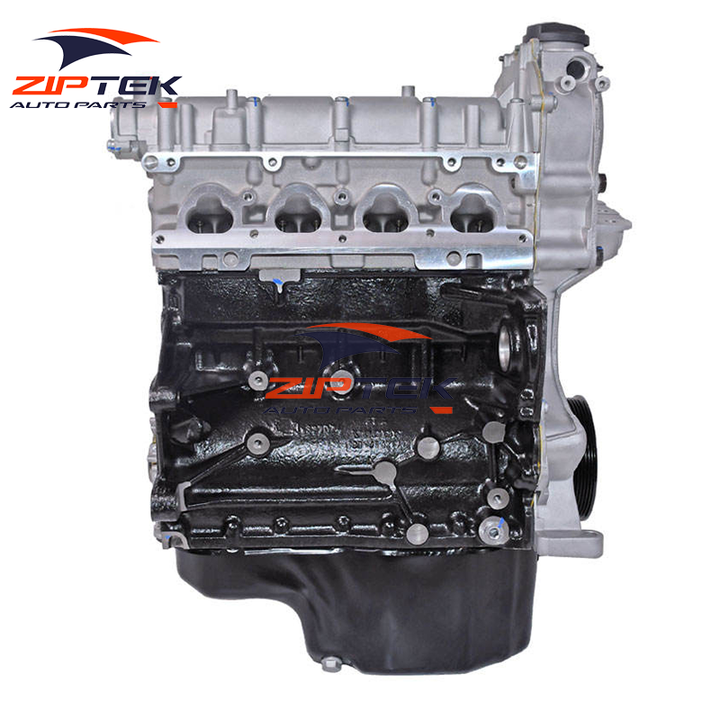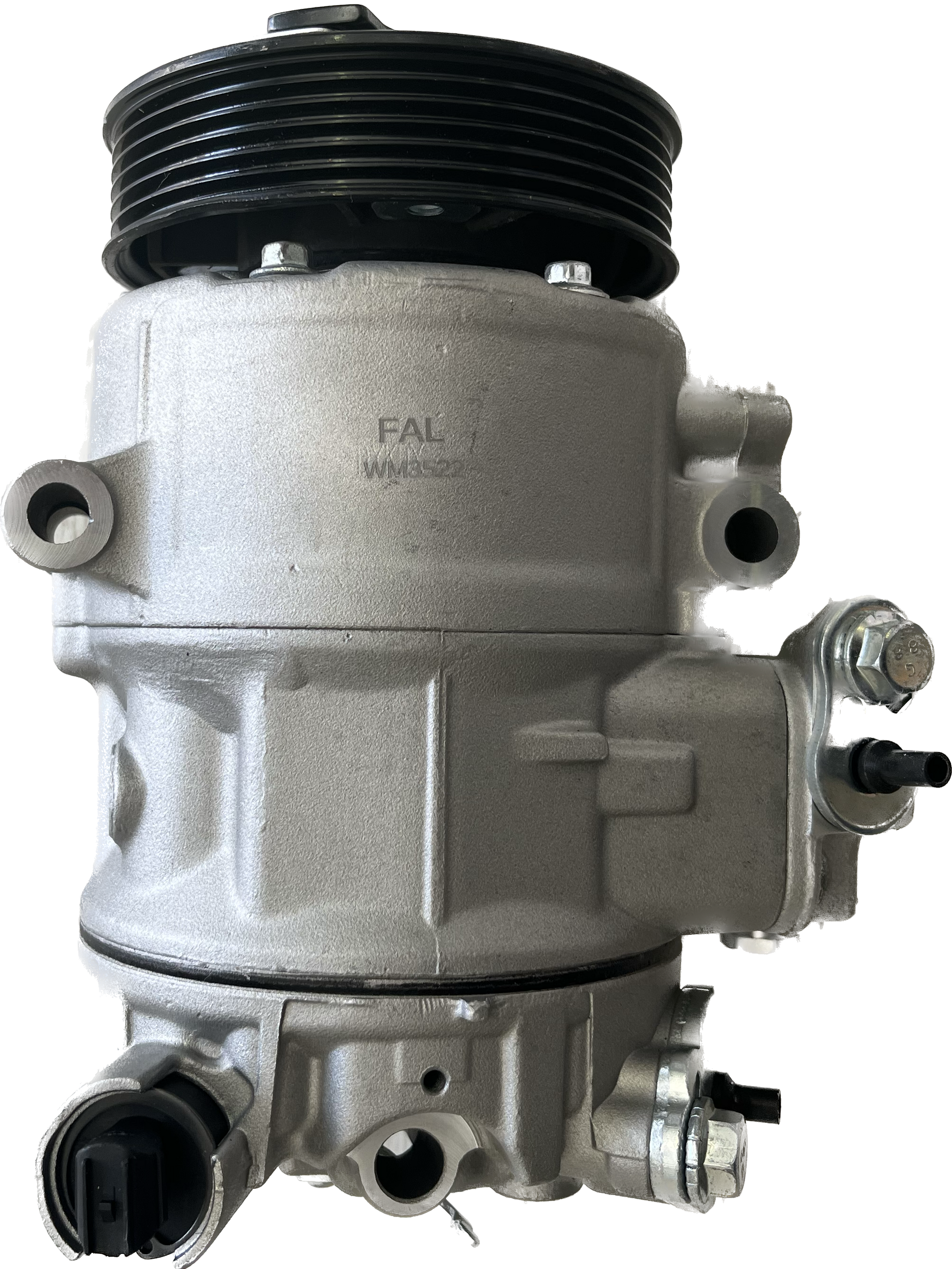Lower maintenance costs with a well-built clp engine.
Lower maintenance costs with a well-built clp engine.
Blog Article
Just How a Clp Engine Can Improve Performance in Various Industries
The advent of CLP engines marks a considerable change in functional efficiency across numerous fields, driven by their ability to optimize fuel usage and lessen downtime. As companies significantly focus on sustainability along with effectiveness, the function of CLP engines ends up being also extra critical.
Review of CLP Engines
CLP engines, or Continual Fluid Propellant engines, represent a significant advancement in propulsion technology, specifically for area applications. These engines use a continuous feed system that enables the continual expulsion of propellant, causing improved efficiency and efficiency compared to traditional strong or hybrid propulsion systems. By preserving a constant circulation of liquid propellant, CLP engines can attain a lot more accurate drive control, which is critical for navigating spacecraft in various objective situations.
The layout of CLP engines incorporates advanced materials and innovative fuel administration systems. clp engine. This leads to lowered weight and enhanced reliability, vital aspects for long-duration space goals. Additionally, the continual operation decreases the risk of burning instability, a common obstacle in conventional rocket engines.

Advantages in Production
The production of Continual Liquid Propellant (CLP) engines provides several notable advantages that boost both performance and cost-effectiveness. Among the main advantages is the structured production process, which reduces the intricacy connected with conventional propulsion systems. By utilizing liquid propellant, suppliers can attain better precision in engine performance, bring about maximized energy output and lowered waste.
Furthermore, CLP engines help with a higher level of modularity, permitting much easier integration right into different manufacturing lines. This flexibility can dramatically reduce lead times and improve overall functional versatility. The use of CLP modern technology likewise tends to decrease the requirement for extensive upkeep due to less moving components, which equates right into lowered downtime and operational expenses.

Applications in Logistics
Leveraging Constant Fluid Propellant (CLP) engines in logistics uses considerable benefits in operational performance and integrity. These engines give a durable remedy for numerous transport requirements, allowing visit this website the seamless motion of goods across huge distances. The fundamental design of CLP engines enables consistent power result, which converts right into smoother and a lot more predictable transportation timetables.
Among the essential applications of CLP engines in logistics is in sturdy products transportation, where they can drive both ground and airborne lorries. Their capability to maintain high efficiency under differing tons conditions ensures that distribution timelines are satisfied, thus enhancing consumer contentment. Furthermore, CLP engines can be incorporated into automated logistics systems, facilitating real-time monitoring and enhancing route preparation.
Additionally, the toughness of CLP engines minimizes maintenance downtime, permitting logistics firms to maximize their operational abilities. This is particularly beneficial in warehousing procedures, where efficiency in taking care of and carrying goods is important. As logistics remains to progress, the combination of CLP engines stands for a forward-thinking method that not just enhances efficiency but likewise supports the market's expanding demands for reliability and rate.
Influence On Energy Effectiveness
How do Constant Fluid Propellant (CLP) engines enhance energy performance in transportation? CLP engines use a constant circulation of liquid fuel, maximizing combustion processes and preserving a secure thrust outcome. This layout minimizes energy losses linked with traditional combustion engines, where gas distribution can vary and result in ineffectiveness.
The continual operation of CLP engines allows for a much more effective thermal cycle, causing higher particular impulse compared to traditional engines. clp engine. This converts to reduced fuel consumption for the exact same amount of work done, dramatically reducing functional prices throughout numerous transport sectors, including aviation and maritime industries
Furthermore, the capability of CLP engines to preserve optimum efficiency under varying load conditions reduces the need for frequent acceleration and deceleration, further enhancing fuel effectiveness. Boosted power performance not only adds to cost savings however also brings about decrease greenhouse gas emissions, aligning with international sustainability objectives.
Future Trends and Innovations
Arising improvements in Constant Liquid Propellant (CLP) engine technology promise to revolutionize the landscape of transportation effectiveness and sustainability. As industries pivot toward greener choices, CLP engines stand at the center, integrating innovative materials and layout methods that improve pop over to this site efficiency while lessening ecological impact.
Among one of the most appealing patterns is the fostering of hybrid helpful resources systems that combine CLP engines with renewable resource sources. This harmony can enhance fuel intake and minimize emissions, straightening with worldwide sustainability goals. In addition, innovations in computational fluid characteristics (CFD) are assisting in the layout of more aerodynamically reliable engines, causing reduced drag and boosted fuel performance.
Moreover, the development of wise monitoring systems is set to boost operational performances. These systems leverage information analytics and IoT technology to enhance engine efficiency in real-time, guaranteeing that the engines run within their most efficient specifications.
As study continues to check out different propellant formulations-- such as biofuels and synthetic fuels-- the future of CLP engines looks encouraging. By harnessing these advancements, sectors can not only enhance their performance yet also contribute dramatically to a cleaner, more sustainable future in transport.
Conclusion
In final thought, CLP engines represent a significant advancement in efficiency throughout numerous markets. The integration of advanced materials and fewer relocating components lessens maintenance requirements, while alignment with sustainability objectives placements CLP engines as an essential innovation for the future.
Report this page